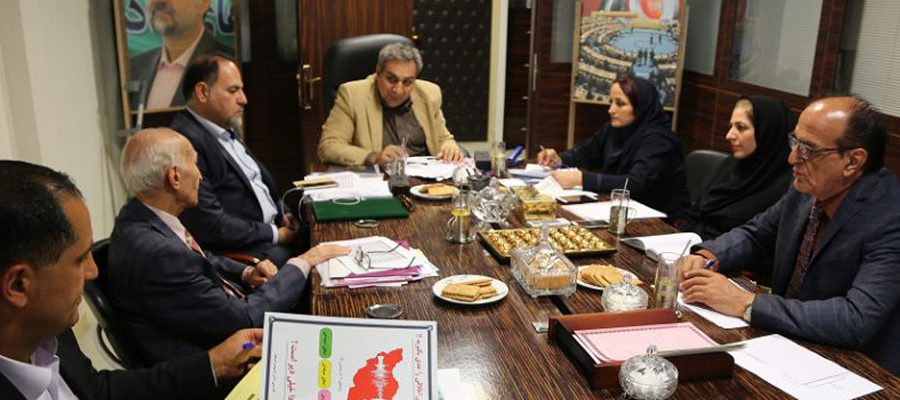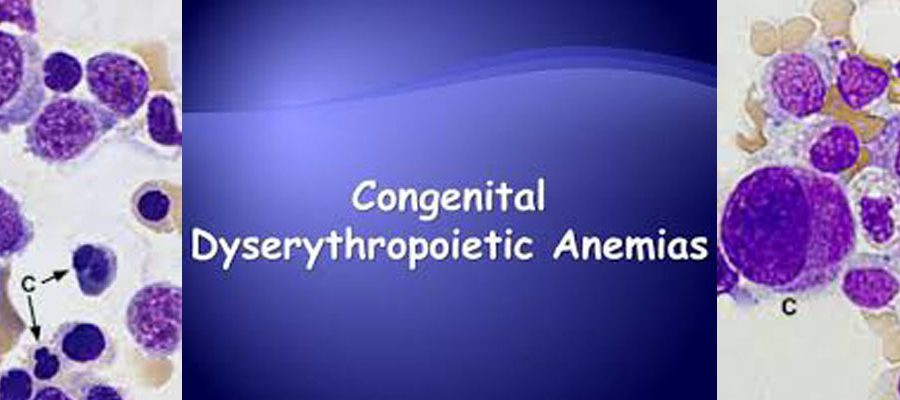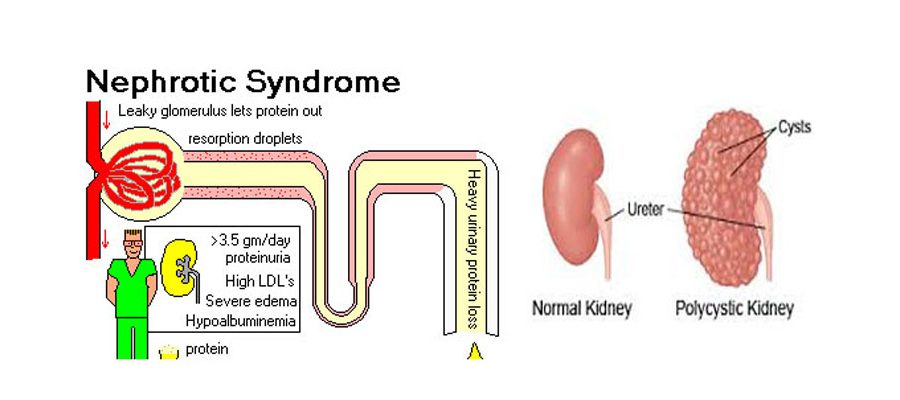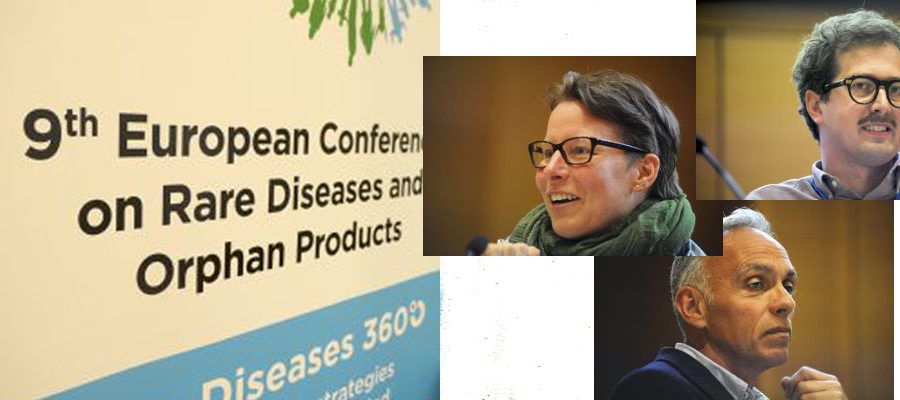The EURORDIS ‘how to’ webinar series for patient organisations provides interactive training on practical skills such as how to cultivate volunteers, social media and governance. Webinar speakers include fellow patient organisation leaders, topic experts and EURORDIS team members. Each webinar will include an interactive Q&A, during which participants can ask speakers their own questions. The knowledge shared through the webinars will be useful to participants wanting to grow or improve the structure or communications of their own patient organisation.
The webinars are designed for participants from patient organisations or patients looking to set up patient organisations only.
The first EURORDIS ‘How to’ webinar was led by Claudia Crocione on “People raising” and how to find, cultivate and motivate volunteers and took place in January 2018. Watch a recording of the webinar.















